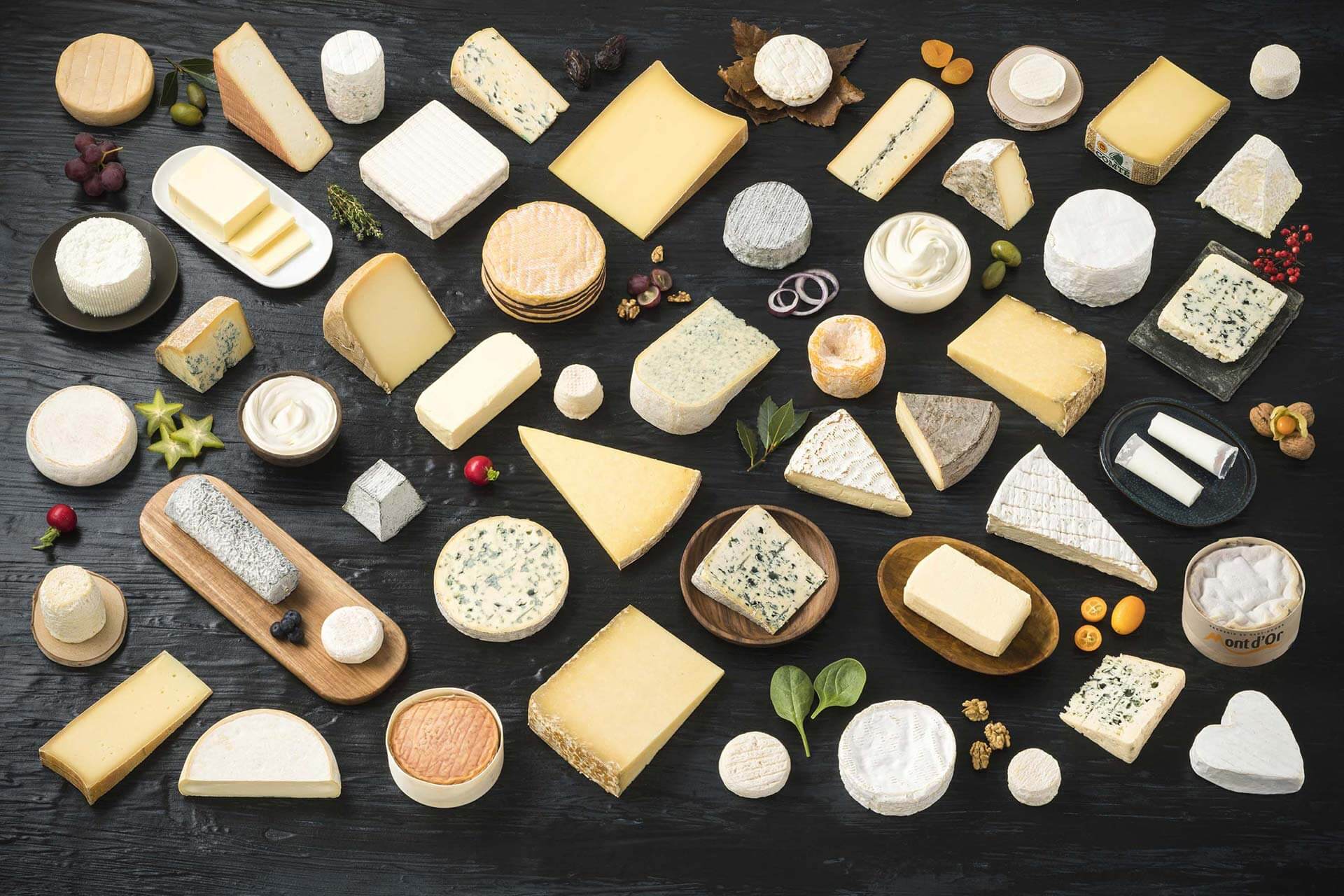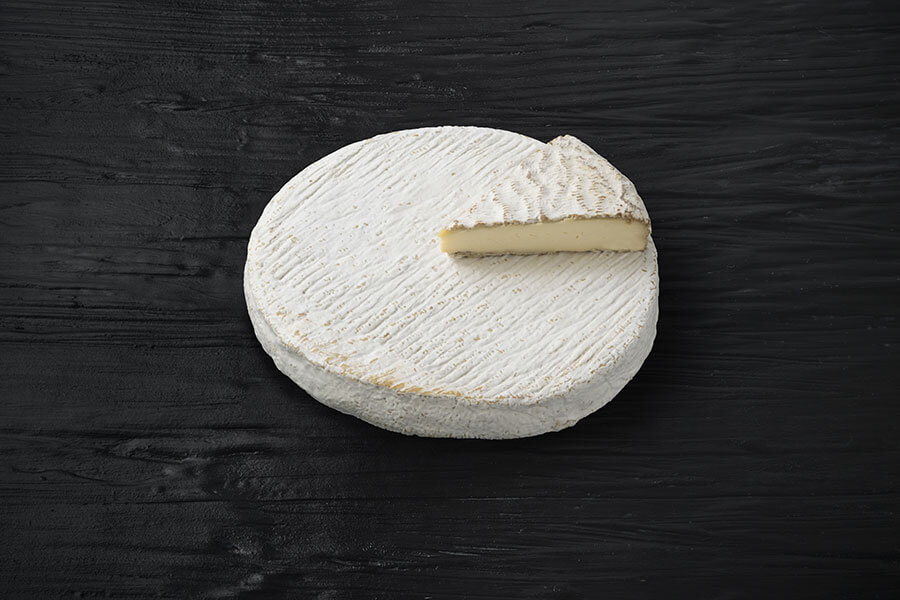Brie de Melun
Brie de Melun is made from cow’s milk and is considered to be the king of cheeses. It is a soft cheese with a bloomy rind and comes in the form of disc with a diameter of 27 to 28cm with a straw yellow paste. You don’t need to be a cheese expert to know the difference between Brie de Meaux and Brie de Melun. Even from a glance it is clear that the only thing these cousins have in common is the region they come from. Brie de Melun is thought of as the ancestor of all Brie cheeses. It has more colour and is smaller. The differences become even more obvious on smelling and tasting. Brie de Melun have very rich and complex aromas. During ripening it gains a uniform, supple texture.
-
Cheeser
Cow’s milk -
YEAR OF LABELLING
1980 -
Raw milk
-
Soft cheese with a bloomy rind
Key figures
-
39 Milk producers
-
4 Farmhouse producers
-
3 Maturing plants
-
179 Tons marketed in 2020
READ MORE
www.briedemeauxetdemelun.fr

